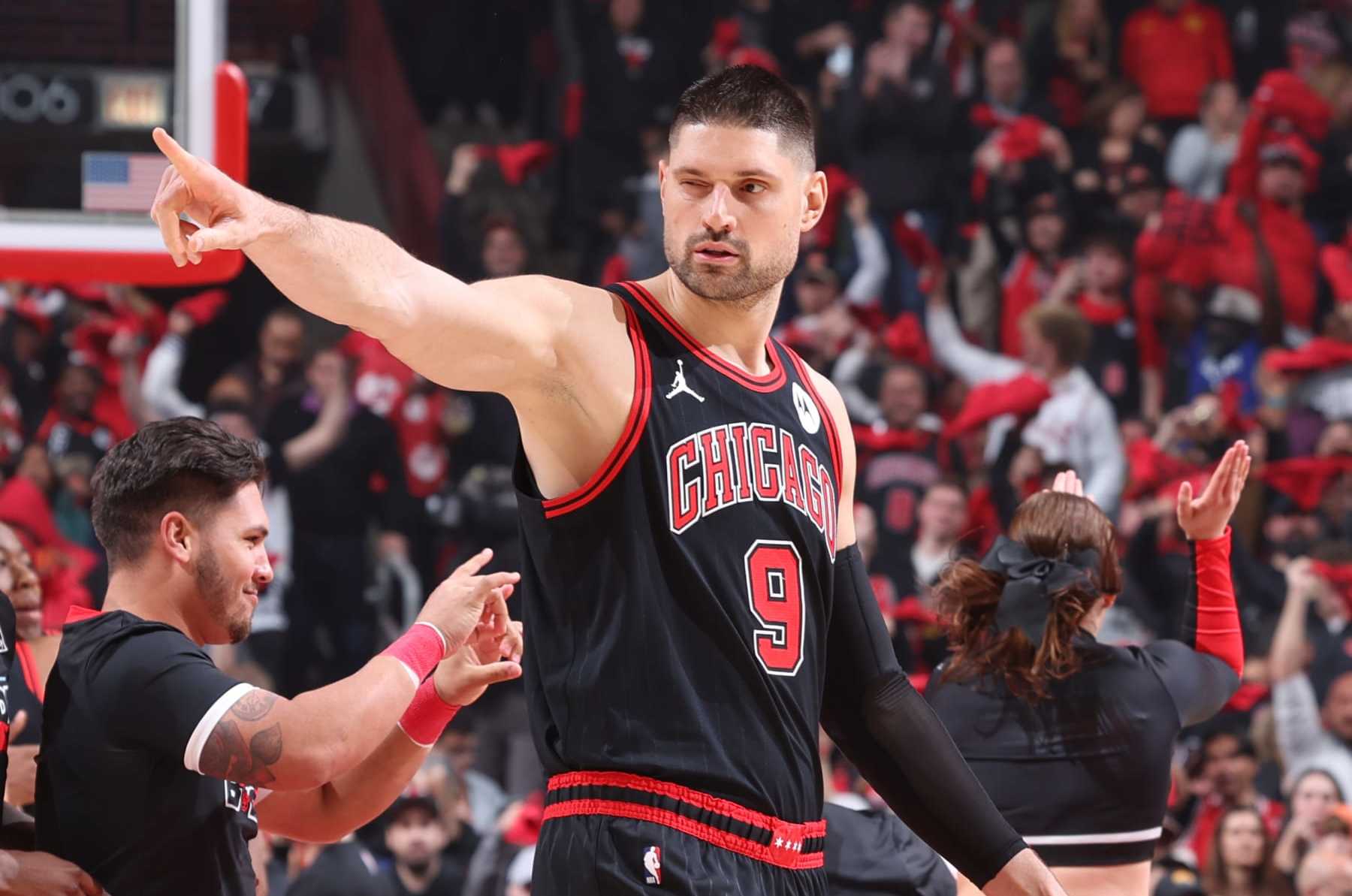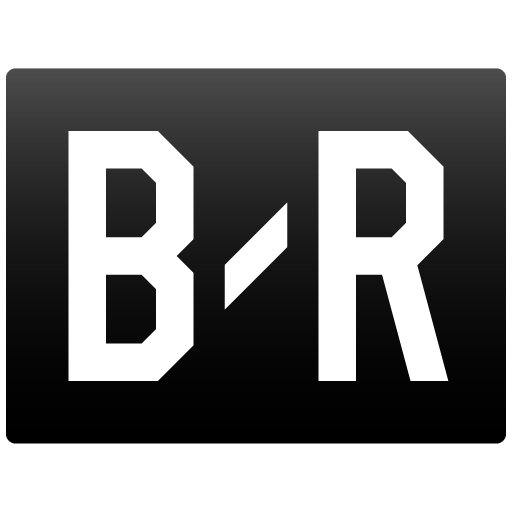As the dust settles on 2024 NBA free agency, some seemingly unfinished and confusing rosters remain.
Too little talent at one position, too much at another, teardowns only half completed—enough in each case to make you wonder, "Wait, are they really done here?"
It's not easy to come out of July with a team that looks fully ready to hit the ground running. There's always a test phase in the early season, a feeling-out period in which coaches get the chance to see how theoretical player groupings look in practice.
But with the teams here, it's particularly difficult to overlook the deficiencies and imbalances. Forget how things might go in practice; even the theories of how these teams will function—from their rotations on the floor to their broader organizational directions—are tough to grasp.
For their sake, let's hope the offseason work isn't over.
Chicago Bulls

Resistant for years, the Chicago Bulls finally started down the rebuilding path this offseason by trading away Alex Caruso and DeMar DeRozan.
Before we point out the flaws in their altered roster, let's agree they deserve some credit for coming to their senses. Gunning for the eighth seed is no way to live, especially if you're one of the league's legacy franchises in a major market.
Bulls fans deserve better than what they've gotten lately, but they aren't going to get it quite yet. Not with this roster still featuring players who don't belong.
Zach LaVine and Nikola Vučević are still around because their market values are in the red. Until they're gone, the Bulls' teardown won't be complete. The issue: Chicago is in no position to send out draft equity to offload those deals.
Lonzo Ball's two lost seasons make him an even trickier trade candidate.
The best course of action might be to heavily feature all three early in the season in hopes that they'll play well enough to rehabilitate their trade value. That could stunt the growth of Chicago's younger pieces, but the payoff of roster-balancing trades could be worth it.
Odd fits populate the non-veteran portion of the roster as well. Josh Giddey was the only return in the Caruso trade, and his deficiencies as a shooter mean he has to be on the ball. That'll reduce touches for Coby White, last season's breakout star. Ayo Dosunmu, another strong performer last season, figures to slide further down the depth chart.
That'll all be fine if Giddey thrives in a larger role than he had with the Oklahoma City Thunder. However, it seems just as likely that he'll continue to be ignored as a three-point shooter and struggle on defense.
Strangeness in the guard rotation is going to be an issue, as is a suboptimal mix of veterans and young players. Add to that the fact that LaVine, Vooch and perhaps even Ball should know they're only here until the team gets an offer good enough to move them, and the vibes could be uncomfortable on top of everything else.
Golden State Warriors
The Golden State Warriors had roughly a dozen rotation-caliber players on their roster last season but no clear second star next to Stephen Curry. Barring a blockbuster trade or a full ascent from fourth-year forward Jonathan Kuminga, they may be in for more of the same next year.
That's a large-scale problem that stems from a handful of niche personnel issues, the first of which is the difficulty of getting the team's projected top five players on the floor together.
If Draymond Green could provide 30 minutes per game at center (and avoid suspensions that cost him weeks at a time), the Dubs might feel better about their prospects. But outside of a few Finals games several years ago, Green has never logged that much time at the 5. Unfortunately, that's the only realistic way to get Andrew Wiggins and Jonathan Kuminga (whom head coach Steve Kerr has always viewed as a 4) onto the floor at the same time.
Well, there's one other way, but it involves oversized looks that slide Wiggins down to shooting guard instead of Brandin Podziemski while also inserting Trayce Jackson-Davis at center. That Curry-Wiggins-Kuminga-Green-TJD quintet would have length and athleticism but not nearly enough shooting to keep defenses from crowding the paint and doubling Curry.
A spacing 4 like, say, Lauri Markkanen could unlock Green-at-the-5 looks more easily. Even if Markkanen isn't a major deterrent inside, he's a 7-footer who'd rebound and stretch things out on the other end. Swap him into the spot occupied by Jackson-Davis in the above lineup, and things get a little more interesting—assuming Kuminga wouldn't be outbound for Utah, of course.
New additions De'Anthony Melton, Buddy Hield and Kyle Anderson are all rotation-worthy pieces. Melton could even start if Golden State prefers having Podziemski run second units. Throw in Moses Moody, who never seems to get enough time to prove himself, and the minute distribution issues only get tougher. Gary Payton II is still here, too.
Ultimately, the Warriors spent all of last season searching for a lineup that had enough size, athleticism, secondary creation and shooting around Curry. They never really found one, and 2024-25 projects to be similar without a consolidation trade or a Kuminga leap.
New Orleans Pelicans
If the New Orleans Pelicans' roster seems like it's missing something, there's a good reason for that. With only Daniel Theis and No. 21 pick Yves Missi at center and Brandon Ingram's future very much up in the air, New Orleans has one of the most obviously unfinished personnel groups in the league.
That's why deals sending Ingram to the Cleveland Cavaliers for Jarrett Allen continue to have cachet in the fake-trade economy.
Ingram might not be the ideal 3 between the Cavs' two-small backcourt (Donovan Mitchell and Darius Garland) and two-big frontcourt (Evan Mobley and Jarrett Allen) because he's best with the ball in his hands and isn't equipped to wrangle tough wings on D, but he doesn't seem likely to be a long-timer with the Pels.
Whether it's for Allen or some other big, Ingram, whose contract is currently set to expire after next season, is one of the most logical trade candidates around.
Herb Jones and Trey Murphy III are better support pieces next to Zion Williamson, who functions best as the primary ball-handler with three-and-D spacers around him. Jones and Murphy attempted more threes per 36 minutes than Ingram last year, and both were more accurate from deep as well.
With Dejounte Murray on board as a secondary ball-handler and (if he returns to form) third high-end defensive piece around Zion, Ingram's best attributes—individual shot-creation and mid-range sniping—are worse fits than ever.
The Pels are a more talented team with Murray in the fold, even if they lost Jonas Valančiūnas, Larry Nance Jr., Dyson Daniels and Naji Marshall in early July. But they're also imbalanced and clearly a trade away from sorting things out.
Portland Trail Blazers
Would you rather start with the four centers on the roster, only one of whom (rookie Donovan Clingan) is actually in the Portland Trail Blazers' big-picture plans? Or perhaps you'd prefer to focus on the backcourt, where overlapping skills might result in 2023 No. 3 overall pick Scoot Henderson fighting for minutes off the bench.
The Blazers' rebuild is in a state of limbo, as multiple veterans overcrowd a roster that needs to develop youth and keep those vets playing often enough to prop up their trade value. As currently constructed, Portland can't achieve both of those competing goals.
In addition to Clingan, the center logjam features Duop Reath, Robert Williams III and Deandre Ayton. Those last two were iffy long-term propositions before Portland used the No. 7 pick on Clingan. No combination involving two of those bigs sharing the floor makes sense on either end.
Meanwhile, Anfernee Simons is probably too good to bench and too valuable as a trade prospect to slot behind both Henderson and Shaedon Sharpe, even if Simons projects best as a second-unit scoring spark. That's a good illustration of the odd fit here; Simons is difficult to use in what might ultimately be his optimal role.
Henderson needs to play because of how critical he is to the team's future. For different reasons, Simons needs minutes, too. Assuming he's not a core piece, the Blazers need to showcase him. Playing those two together with Sharpe would marginalize somebody and expose all three defensively.
Also, what's Jerami Grant still doing here?
Owed $132 million over the next four years, the 30-year-old is a high-end two-way starter who absolutely doesn't belong on a team with Portland's needs.
Sacramento Kings
When the Sacramento Kings put their five most talented players on the floor to close games, the group may only feature one high-end defender in Keegan Murray. That's an issue for a team that hasn't finished better than 18th on D since 2006.
Maybe that won't matter if De'Aaron Fox, Malik Monk, sign-and-trade acquisition DeMar DeRozan and Domantas Sabonis return Sacramento's offense to the lofty level it reached in 2022-23. But even from an offensive standpoint, it's hard to get past the fear that DeRozan's fit is less than ideal.
A low-volume three-point shooter who needs the ball in his hands to reach into his isolation bag, DeRozan won't occupy the role vacated by Harrison Barnes, who mostly stood in the corner. And if DeRozan is handling the ball, where does that leave Sabonis and Fox's handoff game? This could be a "three's a crowd" situation in which the odd man out—Fox, Sabonis or DeRozan—isn't involved in primary actions and instead tries to draw attention as a spacer.
Fox is a max-salaried star with an All-NBA nod on his resumé. Minimizing him would be a mistake. DeRozan is the shiny new toy. Does that mean Sabonis, who has nearly zero value as a low-usage third option and brings little on defense, will be the one most marginalized?
The Kings had to upgrade their overall talent. The West got tougher around them after their ninth-place finish last year, and two teams that finished even lower, the Houston Rockets and Memphis Grizzlies, are poised to join the already overcrowded playoff race.
DeRozan was perhaps the best player left in a thin market, and Sacramento was right to take the calculated risk of acquiring him. He, Fox and Sabonis could be skilled enough to figure things out. But there's also a future in which Sacramento's offense doesn't click, its defense slips and as many as a dozen West competitors finish ahead of it in the standings.
Stats courtesy of NBA.com, Basketball Reference and Cleaning the Glass. Salary info via Spotrac.
Grant Hughes covers the NBA for Bleacher Report. Follow him on X (@gt_hughes), and subscribe to the Hardwood Knocks podcast, where he appears with Bleacher Report's Dan Favale.



Read 0 Comments
Download the app for comments Get the B/R app to join the conversation